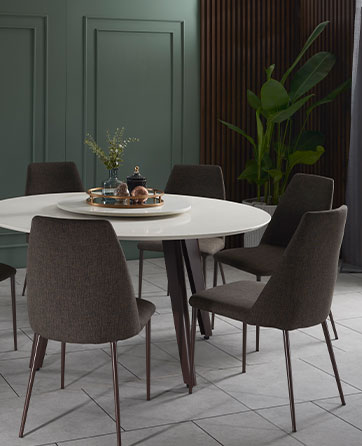Baby-Proofing Your Home
Baby-Proofing Your Home: Your Checklist Before Bringing a Baby Home
A 10-month-old boy sits quietly in his playpen playing with blocks as his mother makes dinner. He builds his blocks, gazes at his creation in awe, and knocks them down.
He giggles before proceeding to build and knock them down again.
The boy does this several times before spotting a porcelain vase with a pretty flower on the table next to him.
He raises the block, almost throwing it, before being carried by his mother who just finished whipping up a storm in the kitchen.
Most parents would tell you that a child changes your life. Well, it changes your home too.
While you might be excited about the arrival of your newborn, it is important to baby-proof your home so that you can create a safe, nurturing, and comfortable place for the little one.
Preparing for a newborn can be exciting especially if you are a first-time parent. But where do you start?
Our baby checklist outlines how you can adjust your living space before bringing a baby home.
1. Restructure Your Home

Before the baby arrives, you would need to decide where you want the baby to sleep at night and play during the day. This decision would affect how your home furniture will be distributed across your living space. So, choose wisely.
You would need to decide whether you want your baby to sleep independently in a nursery when he/she is big enough or in a crib next to the parents in the master bedroom.
Ask yourself whether you want a designated space for a nursey or whether you want to delegate a space in an open area for a playpen while you keep an eye on your infant during the day.
if you do not intend to move out from your home soon, be prepared to make adjustments here and there as your child grows older.
2. Keep Breakables and Dangerous Items out of Reach


Home ornaments like vases and paintings might beautify your home, but you might want to keep these items out of reach before the baby arrives to avoid accidents.
Invest in a TV console or coffee table with storage compartments to keep your ornaments away from the baby. Choose pieces with round corners to protect your child from injuries.
Speaking of accidents...
3. Be Prepared for Accidents and Stains


Like pets, babies have no sense of danger. They are curious. Everything is a mystery to them. They want to touch anything they can get their hands on!
Sometimes, your baby might accidentally knock a coffee mug off the table only to leave you with a mess to clean up. Make sure you have wipes or a cloth readily available in each room to prepare for such accidents.
You might also want to use furniture like leather sofas or stain-resistant fabric sofas as a precautionary measure.
4. Incorporate Hideaway Storage

A little clutter might make a house look cosy, but you would not want hazards littered around your home.
Use hideaway storage to keep knick-knacks and other household items out of the way. This way, you make your living space safer for you and your baby.
Best of all, you can maximize your living space simply by incorporating hideaway storage into your lifestyle.



